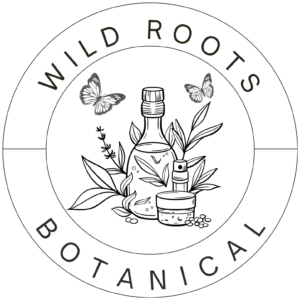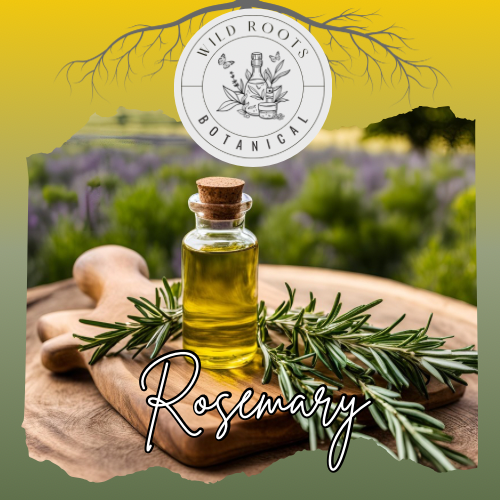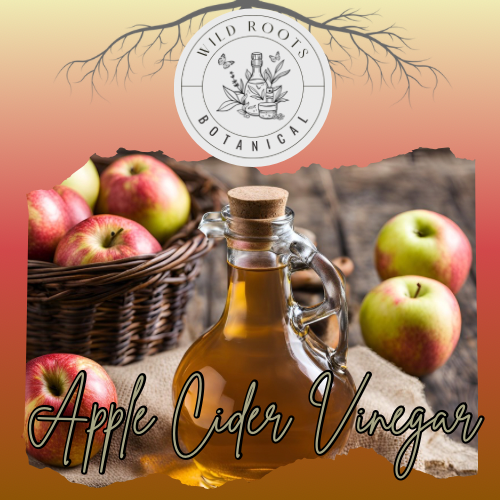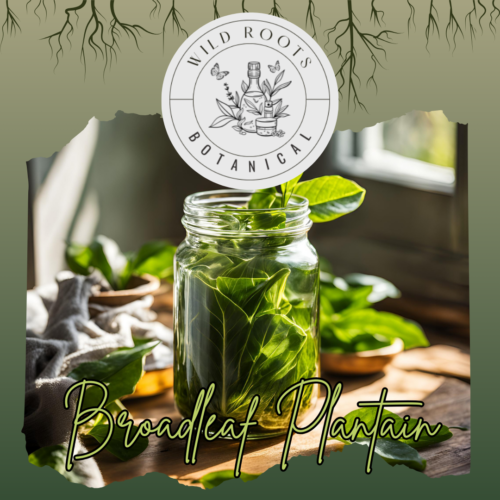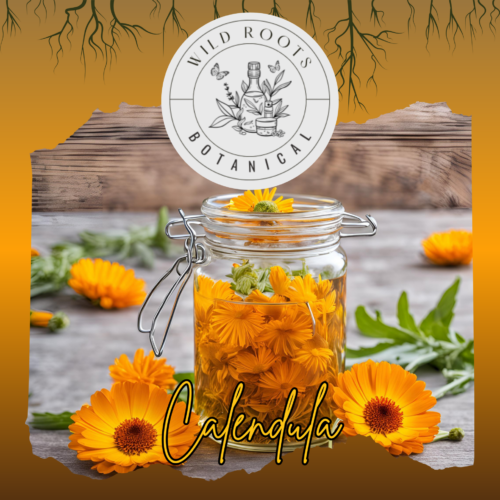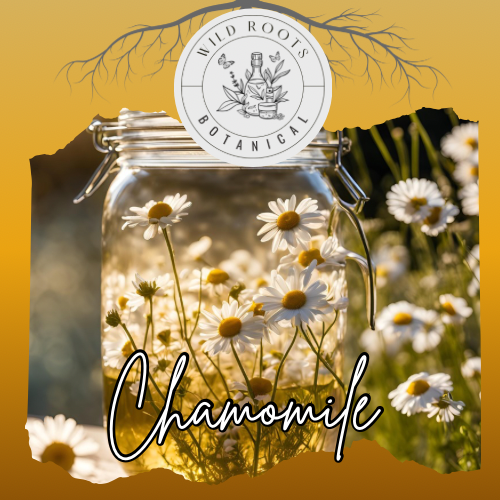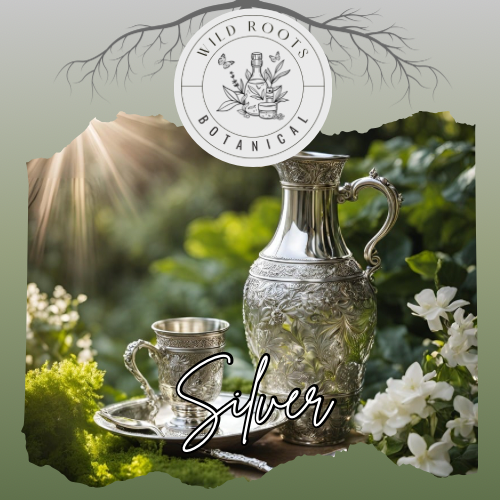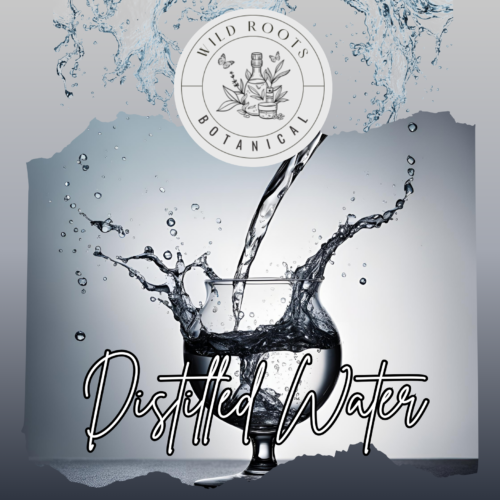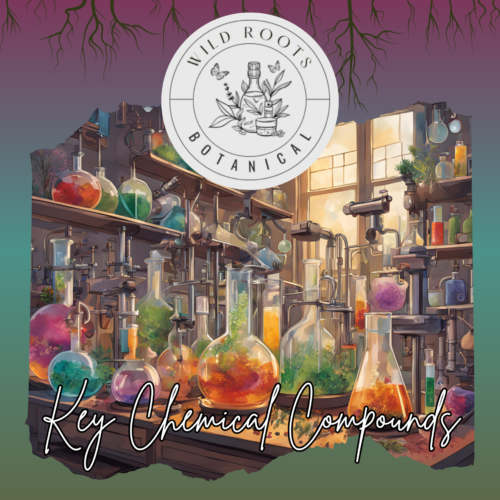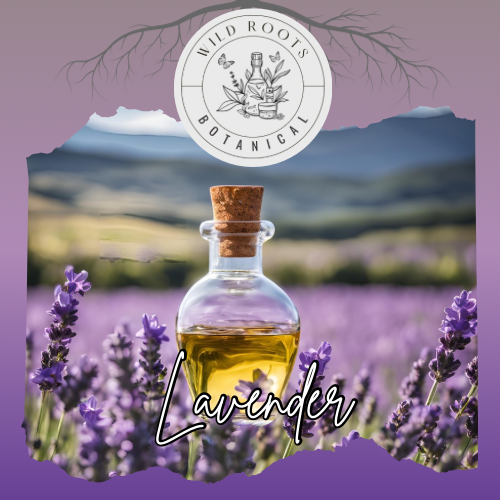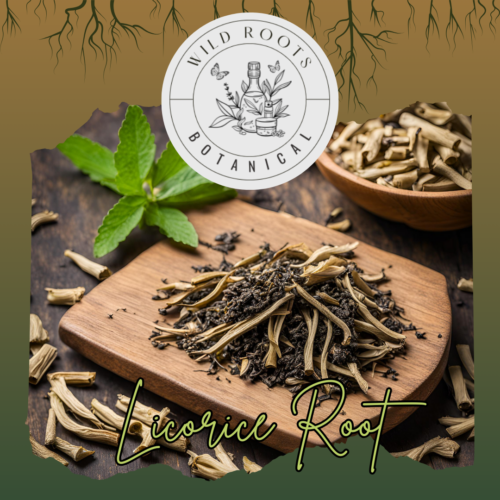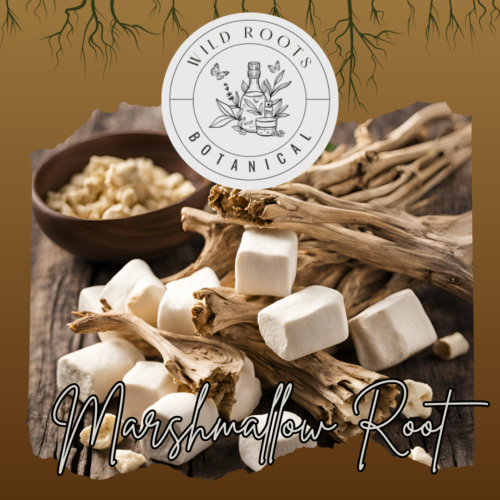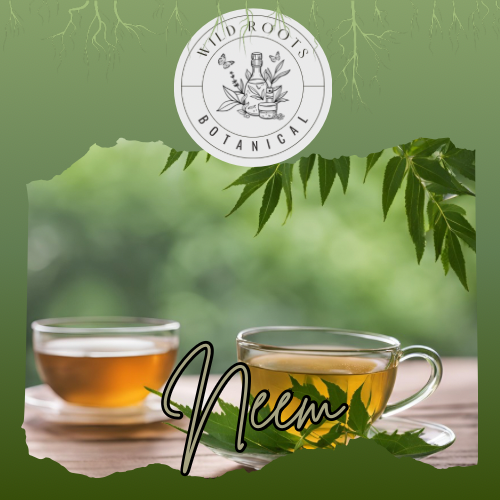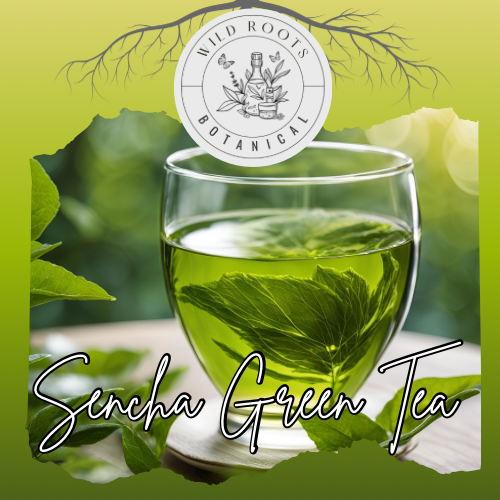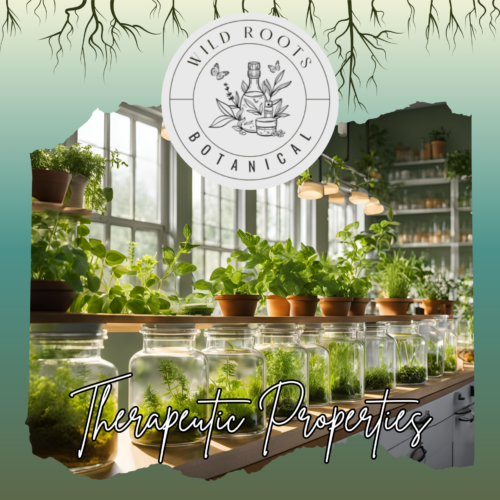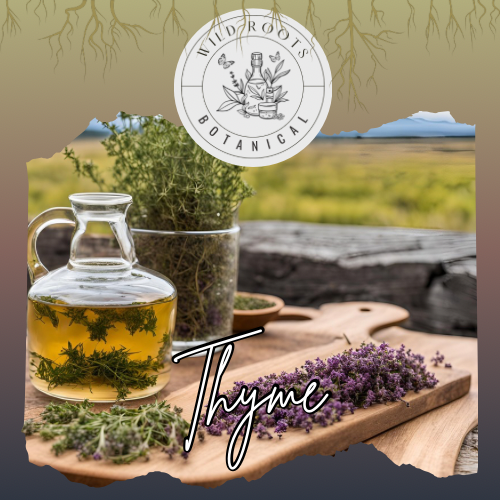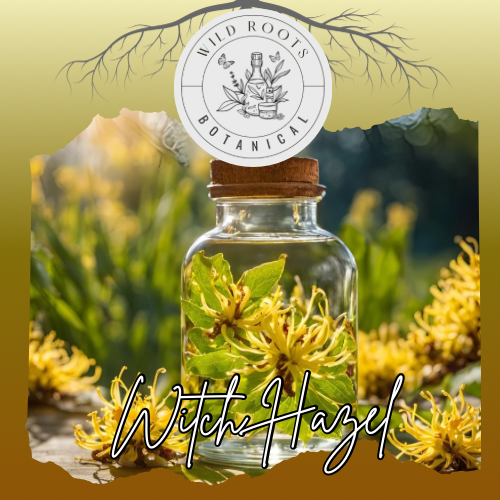Rosemary: Herb of Remembrance – A Comprehensive Guide
Introduction
Rosmarinus officinalis, commonly known as rosemary, is an aromatic evergreen shrub with a rich history in culinary, medicinal, and cultural traditions. Named “dew of the sea” in Latin, this Mediterranean native has been associated with memory enhancement and mental clarity for thousands of years.
Historical Journey
Ancient Origins
- Greek scholars wore rosemary garlands while studying
- Romans used it for religious ceremonies and medicine
- Egyptian tombs contained rosemary sprigs
- Mediterranean cultures used it for preservation
Medieval Period
During the Middle Ages, rosemary was:
- Burned to protect against plague
- Used in wedding ceremonies
- Planted in herb gardens
- Symbol of remembrance
Scientific Understanding
Chemical Composition
Key compounds include:
- Rosmarinic acid
- Carnosic acid
- Camphor
- 1,8-Cineole
- α-Pinene
- Borneol
- Camphene
Evidence-Based Benefits
Cognitive Function
Research demonstrates:
- Memory enhancement
- Concentration improvement
- Neuroprotective effects
- Mental clarity support
Other Benefits
Studies show:
- Antimicrobial properties
- Anti-inflammatory effects
- Antioxidant activity
- Circulatory support
Modern Applications
Medical Uses
Contemporary applications include:
- Memory enhancement
- Hair growth promotion
- Digestive support
- Respiratory health
Culinary Uses
Essential in:
- Mediterranean cooking
- Meat preservation
- Flavored oils
- Herbal beverages
Growing and Harvesting
Cultivation
Growing requirements:
- Full sun
- Well-draining soil
- Limited water
- Good air circulation
Harvesting Guidelines
Best practices:
- Regular pruning
- Morning harvest
- Proper drying
- Storage methods
Traditional Uses
Medicinal Applications
Historical uses include:
- Memory improvement
- Headache relief
- Digestive aid
- Hair care
Household Uses
Traditional applications:
- Natural preservative
- Insect repellent
- Air freshener
- Cleaning agent
Safety and Precautions
General Safety
While generally safe:
- Use in moderation
- Pregnancy considerations
- Drug interactions
- Allergic reactions
Contraindications
Exercise caution with:
- High blood pressure
- Epilepsy
- Blood-thinning medications
- Pregnancy
Modern Research
Clinical Studies
Current research focuses on:
- Cognitive enhancement
- Neuroprotection
- Cancer prevention
- Antimicrobial properties
Future Directions
Promising areas include:
- Alzheimer’s research
- Hair growth studies
- Natural preservatives
- Aromatherapy applications
Fun Facts
- Ancient Greek students wore rosemary garlands during exams
- The phrase “rosemary for remembrance” appears in Shakespeare’s Hamlet
- Queen of Hungary Water, a medieval remedy, featured rosemary
- It’s traditionally planted near doorways for protection
Cultivation Tips
Garden Growth
Success factors:
- Mediterranean conditions
- Proper spacing
- Companion planting
- Winter protection
Indoor Growing
Requirements:
- Bright sunlight
- Good drainage
- Air circulation
- Regular pruning
Essential Oil
Properties
Characteristics include:
- Strong antimicrobial action
- Mental stimulation
- Hair growth promotion
- Respiratory support
Safe Usage
Guidelines:
- Proper dilution
- Patch testing
- Quality sourcing
- Professional guidance
Cultural Significance
Historical Importance
Symbolic meanings:
- Remembrance
- Fidelity
- Protection
- Purification
Modern Revival
Contemporary interest in:
- Natural medicine
- Culinary arts
- Aromatherapy
- Traditional wisdom
References
- al-Sereitia, M. R., et al. (1999). “Pharmacology of rosemary (Rosmarinus officinalis Linn.) and its therapeutic potentials.” Indian Journal of Experimental Biology, 37(2), 124-130.
- Moss, M., et al. (2003). “Aromas of rosemary and lavender essential oils differentially affect cognition and mood in healthy adults.” International Journal of Neuroscience, 113(1), 15-38.
- Pengelly, A., et al. (2012). “Short-term study on the effects of rosemary on cognitive function in an elderly population.” Journal of Medicinal Food, 15(1), 10-17.
- Andrade, J. M., et al. (2018). “Rosmarinus officinalis L.: an update review of its phytochemistry and biological activity.” Future Science OA, 4(4), FSO283.
Traditional Recipes
Rosemary Hair Oil
Classic treatment:
- Fresh rosemary
- Carrier oil
- Optional: essential oils
- Solar infusion method
Memory-Enhancing Tea
Traditional blend:
- Fresh rosemary
- Peppermint
- Lemon balm
- Honey
